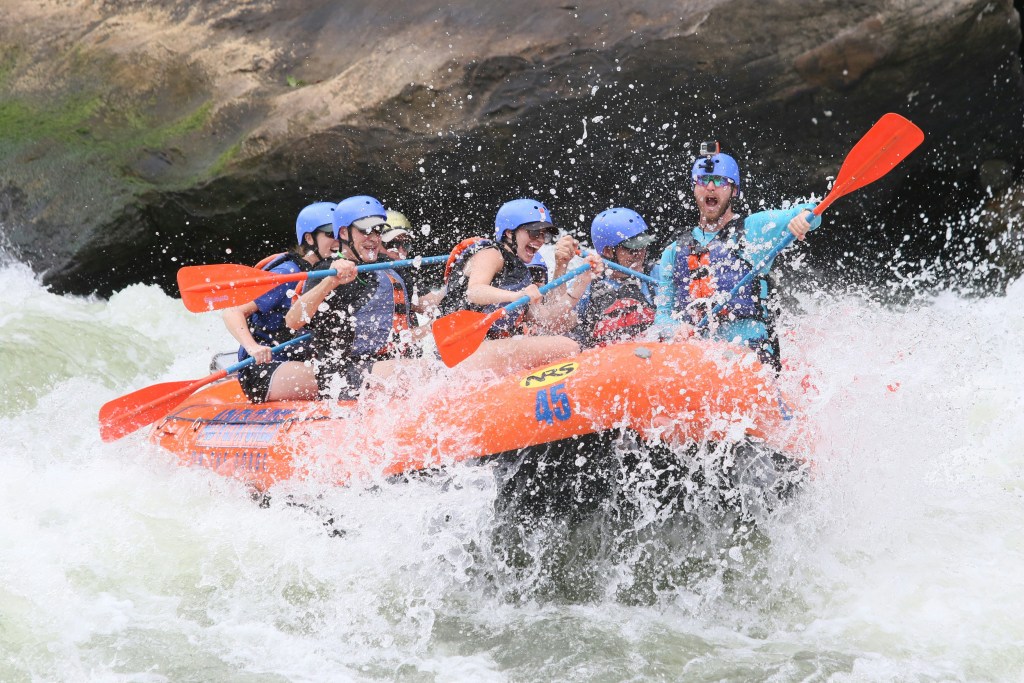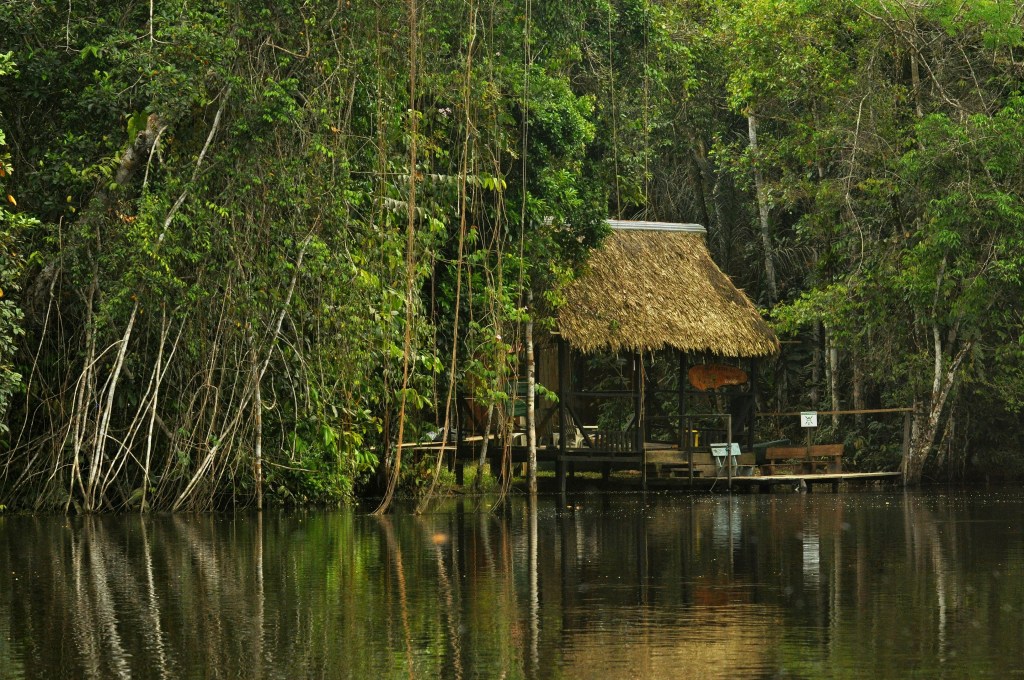Finding a good souvenir is a deceptively high charge.
After all, we should know our loved ones enough to spot the perfect gift—right?
On top of that, most tourist destinations are dotted with brightly colored and well-lit trinket shops. Finding souvenirs isn’t difficult.
So, what goes wrong?
Most problems are caused by indecision. We know what our loved ones enjoy at home, but what about in faraway places like Milan, Bangkok, or Rio de Janeiro? And what about narrowing down the souvenir search from the dozens of options available?
Toss in practices like bartering and things get even more difficult.
Souvenir shopping, at best, is a little disorienting. At worst, you might shell over a few hundred dollars for an absolute dud of a gift.
If you want to avoid the stress, read through this guide. I’m covering the basics of souvenir shopping along with five tried-and-true tips to find a great gift every time.
The basics of bartering
You might be expected to barter when shopping at street markets and bazaars in certain regions. This is usually the case in places like South Asia, Southeast Asia, and the Middle East.
If you’re brand new to bartering, it can feel a little odd (or outright rude) to haggle over prices. Just remember that it’s cultural and that it’s usually meant to bring down the original asking price just a bit.
But don’t lose sight of how much you’re actually bartering over.
I’ve seen Americans stress out while haggling over an amount of around ten USD or less. Barter however passionately you like—but don’t lose sight of the total amount of USD you’re actually debating over.
What’s most important about bartering, in my experience, is knowing when to do it and when to pay full price. Aren’t sure if bartering is a thing in the market where you’re shopping? Do a little research beforehand (asking a concierge is a great idea) or wait for the seller to initiate.
Now onto how to find a great souvenir.
Tip #1: Ask beforehand
The easiest way to guarantee a great purchase is to ask your giftee what they’d like, especially if they already have a collection going.
Ideally, they’ll say they have an extensive magnet collection. Magnets and similarly small trinkets are easy to find, purchase, and take home with you.
Or maybe they’ve already done a little research into where you’re going and are dreaming of a specific product. Regardless, asking about what interests them is the most direct way to find the perfect souvenir.
Tip #2: Use the Marie Kondo method
Marie Kondo is a professional Japanese interior designer and organizer. The KonMari method revolves around decluttering using the simple metric of: Does an item spark joy?
Kondo usually sits with an object in mindful silence to gauge its personal meaning to her.
You don’t need to power down in a street bazaar with a tchotchke cradled in your hands—but the idea always serves me well. Before I buy a souvenir, I take a deep breath and consider the giftee holding it.
If I can’t easily imagine their reaction in a positive way, then I keep on shopping.
Tip #3: Treats are universal
Or if you can’t find a souvenir after extensive searching, then go for sweet treats.
Candy is a universal language, letting your giftee explore culture through the palette. In other words, even if they don’t love the treat, they’re going to be intrigued and engaged while sampling.
Just make sure to look out for food allergies. If the giftee is a little food-sensitive, it’s best to avoid this gift, as getting a clear sense of ingredients can be difficult when different alphabets and languages are involved.
Tip #4: So is liquor
Treats and candy go a long way… but if you’re shopping around for someone who doesn’t travel a lot and isn’t too interested in exploring new flavors, go for liquor.
Most countries have developed their own unique alcoholic drinks, from Poland’s soplica to Laos’s lao-lao to Brazil’s cachaça.
Just make sure to buy the correct size for your luggage. Most locations sell mini-bottles, which make it easy to take liquor souvenirs home in carry-ons. I’d avoid buying a full bottle unless you’re positive your giftee will enjoy the flavor.
Tip #5: The airport is your dirty little secret
If you’ve lost the reins, it’s okay. No need to barter. No need to find candies or liquor. No need to remember the name Marie Kondo.
Just make it to the airport with a few spare minutes before your flight and say goodbye to any money you haven’t spent already.
Airport gifts are notoriously pricey—but that doesn’t mean they’re low-quality. The more popular the destination, the more options you’ll have while rushing around the terminal looking for a souvenir.






